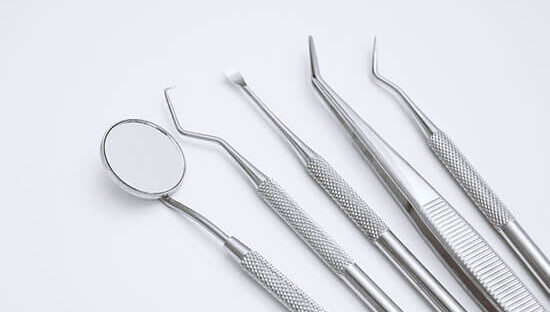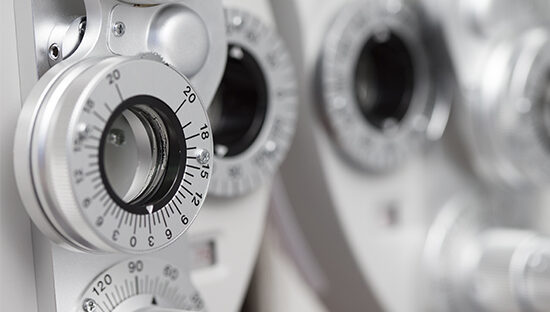
Start with correct classification of your medical device
Before starting the process of validating IFUs for Reusable Medical Devices, it is important to confirm correct product classification. A medical device is a healthcare product or piece of equipment that a person uses for a medical purpose. There are more than 10,000 different types of medical devices available today and to make it easier, devices are categorised into different 4 classes based on the potential risk to patients and users. These are Class I, Class IIa, Class IIb and Class III. Class I is the subcategorised depending on the intended purpose of the device. One example is Class Ir devices which are reusable surgical instruments specifically designed to be used more than once, across different patients, and require reprocessing (cleaning and sterilisation). To attain a CE mark under MDR, these devices require Instructions for Use (IFU) which should provide data to prove safety and efficacy of cleaning, disinfection, and sterilisation methods.
Understand why IFU validation is important for the end user
Information For Use (IFU) is a pivotal part of Medical Devices as they are intended to guarantee that, if appropriately followed, the devices have been cleaned and sterilised without impacting any physical properties. The new regulations ensure that the user is informed about the risks that still exist, despite the adoption of measures for safe design and protection.
Due to the large number of risks to public health posed by these instruments, the IFU must be validated to prove that they are in fact able to be thoroughly cleaned prior to sterilisation. The validation is based on the compatibility of the instruments with both the washer and the sterilisation cycles. Validation of IFU’s prove that the cleaning process removes all debris and that your device is clean, safe, and sterile to be used for your patients.
Follow these 3 simple steps on how to create and validate your IFU:
- Understand your product – Identifying the medical devices classification and implementing a risk management system is the first step of identifying and reducing the risk to patient safety. This will indicate the requirement of an IFU and its’ validation process.
- Create a manual – Steps should be taken from the manufacturers IFU or written up based on the products intended clinical use. This should include processes such as automated cleaning, drying (part of washer disinfector cycle) and sterilisation.
- Validate each step – The device should be purposely contaminated, and each step should be validated to ensure that the steps in the manual work to provide a clean device after processing. Examples of ways to validate steps are mentioned below.

Consider these simulated use studies
Manual cleaning is slowly becoming less prominent due to the associated human error. To ensure thorough cleaning, automated methods are being used. To validate the cleaning efficacy, the medical device, load carrier and chamber of the washer disinfector should be tested. All 3 components should be contaminated with an appropriate soil (Coagulated blood, Carbohydrates, Endotoxin etc). A normal wash cycle should be operated before examining the surgical instruments, chamber, and load carrier for the presence of residual test soil. Several methods to examine residuals are available including the Ninhydrin method for the detection of residual proteinaceous contamination. This is enough to confirm if the medical devices have been cleaned properly.
Load dryness ensures that the medical devices are free of moisture and reduces the chance for the spread of bacteria and illnesses. Drying can be visually examined and validated with the use of crepe paper to examine for marks or any water being discharged while transferring from the washer on to the paper. Complete drying of all instruments should be assured to prevent their degradation.
Finally, Steam sterilisation via autoclave is a well-established method for sterility. In conjunction with routine maintenance and calibration of the autoclave, validation of the efficacy of the cycle should be performed in order to consider it to be effective. The number of cycles performed during the validation should be significant enough to justify that if appropriately followed, the process can guarantee sterility of the medical device.
Ensure your medical device is safe for patients
In order to place a medical device on the market, manufacturers must demonstrate conformity to a notifying body to justify the safety of their product. Within the technical documentation validation of claims made must be presented, including evidence that the IFU guarantees patient safety by eliminating risk of infection without compromising the intended use. A risk management system should be established and implemented to allow for identification and analysis of the hazards, estimation and evaluation of the associated risks and elimination or control of residual risks. This should be a continuous process throughout the lifecycle of the product and requires updating regularly (including adopting measures based on information collected from the post-market surveillance).





